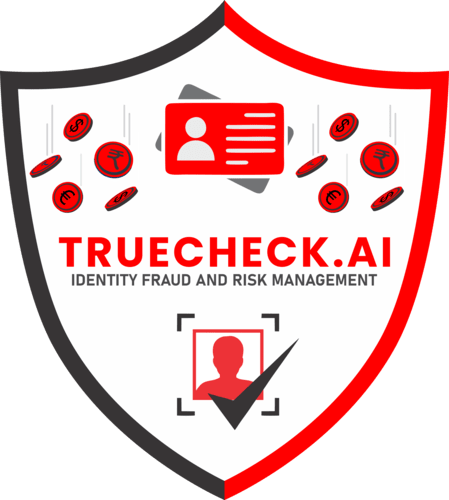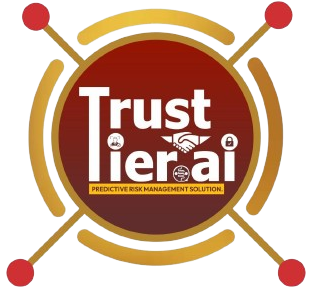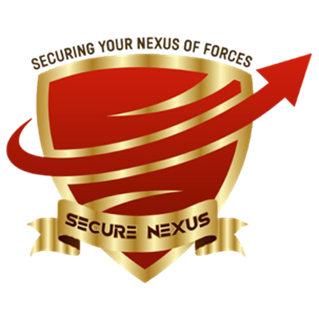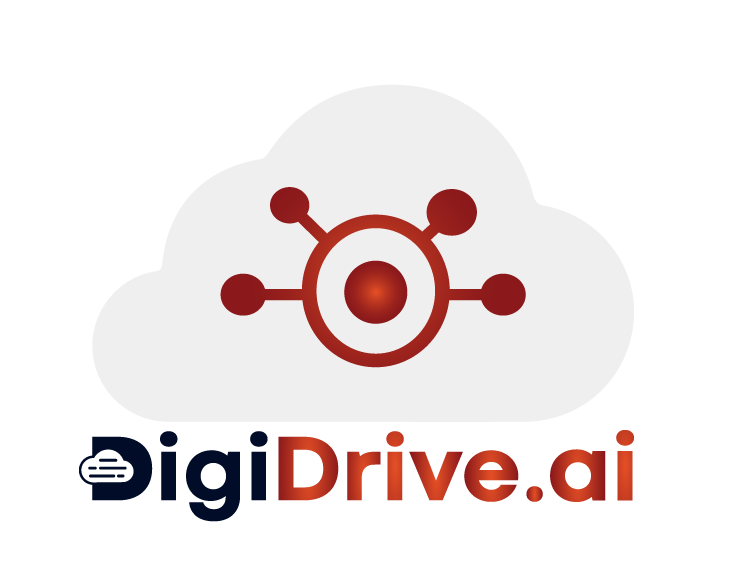Customer Deduplication
Customer deduplication in identity management is a critical process that ensures each individual is uniquely represented within a system. It involves identifying and eliminating duplicate records across various databases, which can occur due to multiple account creations, data entry errors, or variations in personal information.
Advanced algorithms and AI/ML techniques are employed to match and merge records based on factors like name, address, date of birth, and biometric data, ensuring accuracy. This not only enhances the efficiency of identity management systems but also improves customer experience by preventing issues like account confusion and fraud.






